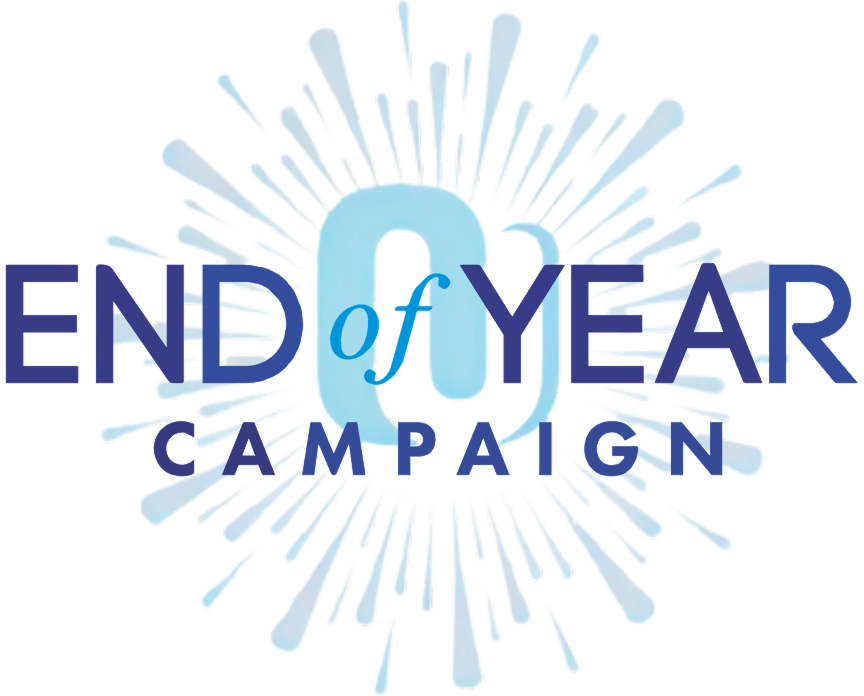Dear Friends,
I hope this note finds you well and managing these challenging times, and I hope and pray that this will not be just another Erev Shabbos Message. It is certainly not the shortest.
It is Erev Shabbos Mevorchim Elul, a time when we initiate serious reflection on the challenges of the past year and the opportunities and goals of the future. Each of us is dedicated to the wellbeing and advancement of Klal Yisrael and at this particularly difficult time we are all trying to discern ma Hashem Elokecha doresh me’imach, what HKBH wants from us. What seems to present as a priority in our national teshuva is the issue of sinat chinam, the drastic divisiveness that continues to characterize Klal Yisrael, undermining our fundamental identification as goy echad ba’aretz and visibly affecting our ability to work together, benefit from each other, influence each other, and stand together as a unified community to confront our many external challenges.
During my time as a communal Rav, I came to realize the obvious, that this season of reflection and change of Elul and Tishrei is much more impactful when we focus on a specific theme, and that my responsibility as Rav was to try to encourage that sustained focus. In that spirit, my intention for this teshuva season is to focus these Erev Shabbos messages and more on the issue of sinat chinam and what each of us can do to ameliorate it by adjusting both our thinking and actions.
Togetherness is a nice idea, but we often choose to avoid it on principle. Do any of us freely associate with other Jews whatever their values? Don’t we consider carefully with whom we want our children to socialize, avoiding those to the so-called right or left of us whose influence we do not want to “rub off” on them? Chazal warned us to keep our distance from bad neighbors and bad people (Avot 1:7, 2:13-14), and to even resist sitting in gatherings of the ignorant (Avot 3:14). Rambam (Dei’os 6:1-2) considers it a Torah commandment to choose membership in a community that will positively influence our values and actions and to live in isolation rather than amongst those who follow improper paths. And how can we naively promote a non-discriminating Jewish togetherness when we cannot even trust their kashrut?!
That last question may provide one of the keys to figuring this out.
In Talmudic language, the term chaver does not just mean a friend; it has halachic connotations. Just as a friend is trusted, a chaver is someone whose standards of kashrut and purity you can rely upon. Ironically, Rambam (Commentary to Mishna Taharot 2:2) explained that the need to be selective regarding close friendships drove the pious to adopt stringencies in their halachic practice that would render it impractical to socialize with those who did not uphold those standards. Halachic chumros (stringencies) were legitimately deployed as a wedge to create gaps between Jews who lived differently.
Yet there are other times when we were to lower our standards to eliminate those same gaps. When the Jews would ascend to Yerushalayim for Yom Tov they would put caution aside, granting essentially everyone the status of a halachically trusted chaver. The Talmud Bavli (Chagiga 26a) derives this halacha from a verse (Shoftim 20:11) that speaks of the Jewish people gathering to wage war “k’ish echad chaverim, as one person, friends,” while the Yerushalmi (Chagiga 3:6) bases it on David’s description (Tehillim 122:3) of the pilgrimage destination of Yerushalayim being “k’ir shechubra lo yachdav, a city joined (chubra/chaver) together.” Whenever full-blown togetherness is called for, whether to wage war or to connect to our spiritual center, we all come together with mutual trust and lower the barriers of caution that otherwise impede connection.
Our parsha emphasizes repeatedly the critical importance of Klal Yisrael having a single gathering point, a center that brings us together. That place – Yerushalayim – was where Hashem would rest His presence in this world (Devarim 12:2-6), where we could worship him (12:11), and where we would ascend to celebrate the Yamim Tovim (16:16). This togetherness factor was not incidental; God chose one place so that we would all have reason to gather from the geographically and ideologically diverse places we usually reside. The same Torah that guides us to choose carefully with whom we typically live and associate creates a framework that summons us to emerge from those siloes and reconnect to every Jew, to fight for what we all believe in and to gather around one table.
The power of this idea was evident during this summer. Despite the war, the OU’s dedicated program leaders of NCSY, JLIC, Yachad, and Israel Free Spirit did everything possible to enable 2,500 Jewish students to have a summer in Israel. It was tense and immensely complicated, but they did it because they recognized the value for those 2,500 kids who centered their lives for one transformative month around being part of Klal Yisrael, lending their moral support at a time of war k’ish echad chaverim, and touching the stones of Yerushlayim that pave the center of Jewish identity and religious life, k’ir shechubra lo yachdav.
We are fighting for our future both here and in Israel while living with a modern day aliyah l’regel, a surge in Jews ready to come home to Jewish identity and religious engagement. The same Torah that has thus far defined our own paths of principle and observance summons us now to find the right ways to safely lower the barriers of caution that otherwise impede connection and to reconnect to every Jew with mutual trust and love.
למען אחי ורעי אדברה נא שלום בך למען בית ד’ אלקינו אבקשה טוב לך ד’ עוז לעמו יתן ד’ יברך את עמו בשלום
Have a wonderful Shabbos and Chodesh, and may we be blessed with genuine besorot tovot, much good news.
Moshe Hauer
